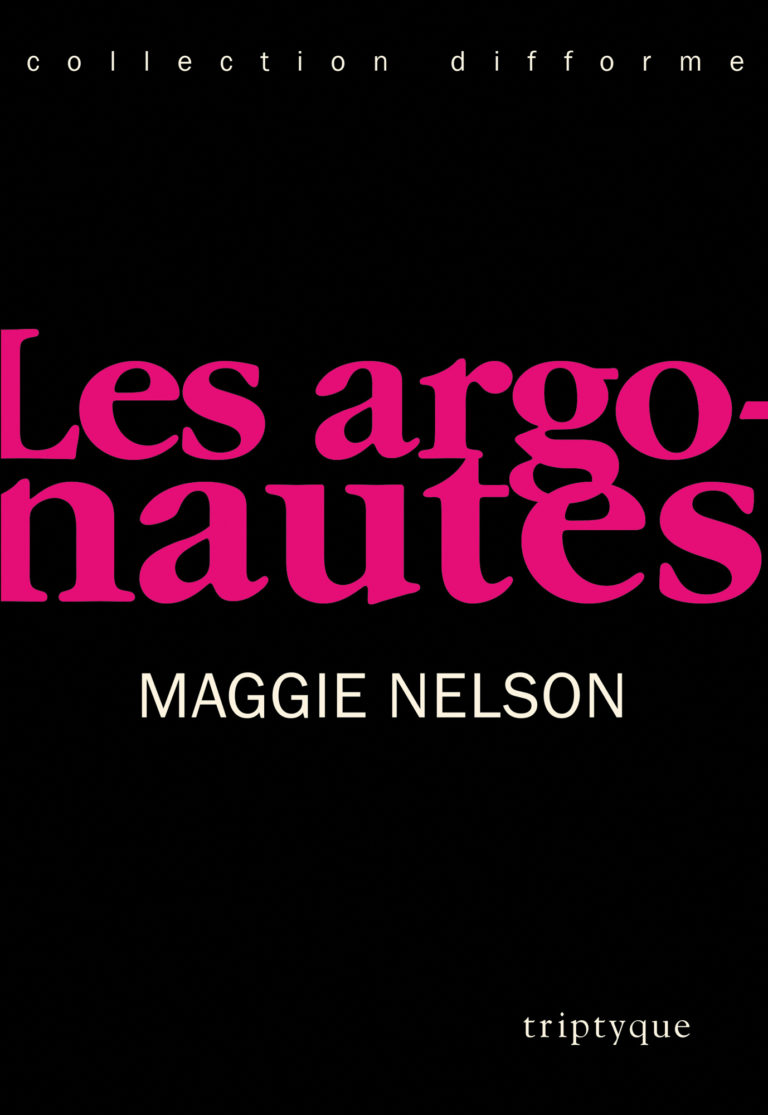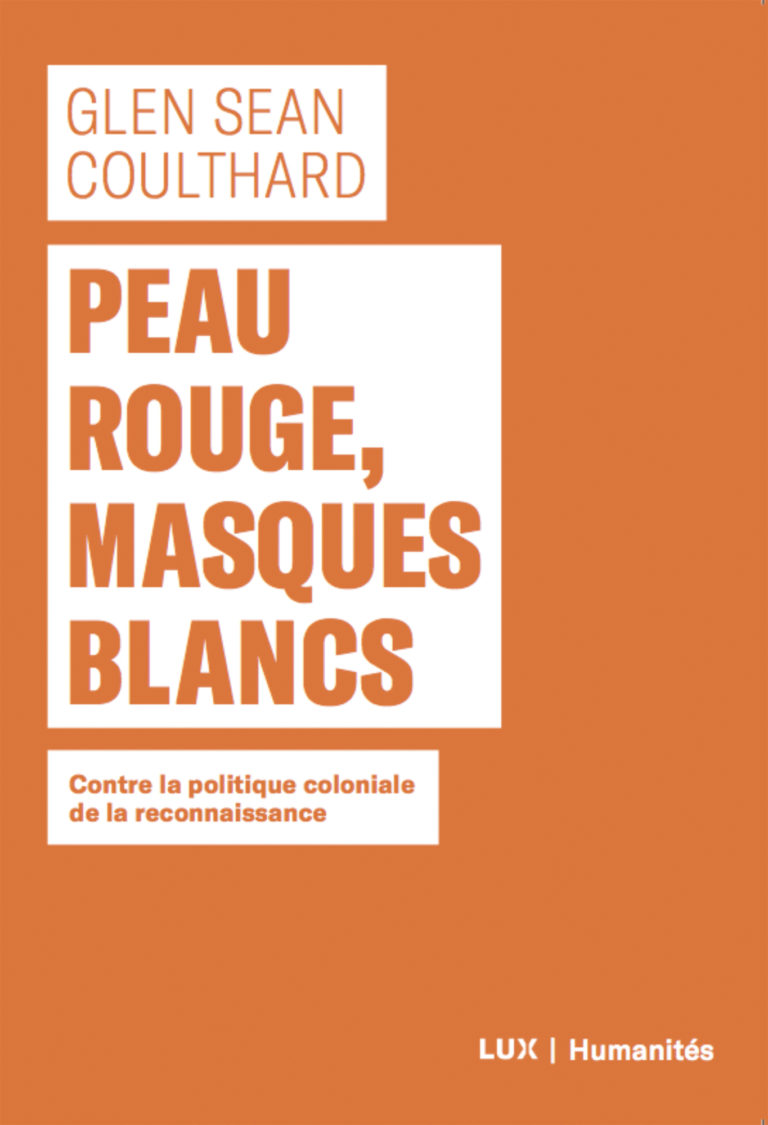When I translate myself, there is no longer any French text to read. At some point, it vanishes after I shift to English. Once edited, my sentences will give the impression to the reader that I can “pass” as anglophone, which is always in my view a semblance similar to, and as problematic as, other forms of passing. It remains difficult, however, to place myself firmly as a subject in this “first” tongue, the one in which I seemingly think. Sometimes the friction of slipping from one idiom to another gives me the right distance from that point of origin—the mother tongue—which should always remain contingent. The ambivalence that I present here using a personal voice doesn’t only stem from my own experience within the narrow frame of a given Québécois identity in Canada. For a long time, I have been trying to understand complex linguistic sites (those of Canada and other national configurations) through the transfer of culture—for instance, the reception of literary, philosophical or visual artworks in contexts other than those of their initial readership or audience—which generates both a gain and a loss of meaning. Can these gaps between different moments in the reception of a work, which are sometimes intervals of many years, ultimately give us another sense of time, and a renewed political agency?
Last October, Jean-Michel Théroux’s translation of The Argonauts, by Maggie Nelson, was launched in Montreal at the feminist cooperative bookstore L’Euguélionne, in the city’s gay village. In 2015, Nelson published this essayistic narrative, which oscillates between the chronicle of her relationship with the artist Harry Dodge and theoretical fragments on queer parenting. Nelson often ponders over what pronoun Dodge, who is transgender, prefers to go by, but later decides to address her partner, throughout the book, as “you.” In French, this question becomes a problem of intelligibility, as the neutral pronoun “they,” used to circumvent a binary paradigm of gender, does not exist. It is often necessary to substitute with utterances such as iel, ille (il/elle) or ol to attain the same performativity. The void left by the absence of the word, and the assemblages put in place in an attempt to fill it, must be taken into account.
Les argonautes inaugurates a collection of titles spearheaded by Théroux with Éditions Triptyque and dedicated to French Québécois texts and works in translation, whose authors put themselves at risk through writing. In Quebec, the publication thus became a site-specific event in another way by establishing an almost-precedent. Literature from the United States, especially the work of celebrated authors such as Nelson, usually makes the transatlantic “detour,” returning to North America with more or less of a Parisian accent.
A few months after Les argonautes was published in 2018, two English-language books by Indigenous scholars became available to francophone readers: Dancing on Our Turtle’s Back: Stories of Nishnaabeg Re-Creation, Resurgence, and a New Emergence (2011) by Leanne Betasamosake Simpson, and Red Skin, White Masks: Rejecting the Colonial Politics of Recognition (2014) by Glen Sean Coulthard. Simultaneous access to these key texts in a second language allowed me to read them in parallel—one of the benefits of a delayed reception. The proximity of the books on my worktable seemed to echo the ongoing dialogue between Simpson and Coulthard, who are colleagues and friends. Simpson’s book mixes first-person testimony with academic discourse as she recounts how the transmission of language remains an integral part of the wider project of a resurgence of Nishnaabeg philosophy. In several passages, she explains the meaning of Indigenous words, often while paraphrasing teachings given by Elders. In this nuanced way, Simpson takes great care to distinguish the fragments of Nishnaabeg knowledge that can be shared with a non-Indigenous readership from the parts that should remain obfuscated. At the end of the book, an index guides us through the commented-upon concepts—no small task for the translator Anne-Marie Regimbald, who had to weave together many semantic constellations to arrive at the right definitions, two layers removed.

 Isabelle Pauwels, Untitled. Ink-jet print, 1.21 m x 81.2 cm. Courtesy the artist / Presentation House Gallery.
Isabelle Pauwels, Untitled. Ink-jet print, 1.21 m x 81.2 cm. Courtesy the artist / Presentation House Gallery.
 Cover of Triptyche edition of Maggie Nelson's The Argonauts.
Cover of Triptyche edition of Maggie Nelson's The Argonauts.
 Cover of Varia's edition of Leanne Betasamosake Simpson's Dancing on Our Turtle's Back: Stories of Nishnaabeg Re-Creation, Resurgence, and a New Emergence.
Cover of Varia's edition of Leanne Betasamosake Simpson's Dancing on Our Turtle's Back: Stories of Nishnaabeg Re-Creation, Resurgence, and a New Emergence.
 Cover of the LUX edition of Glen Sean Coulthard's Red Skin, White Masks: Rejecting the Colonial Politics of Recognition.
Cover of the LUX edition of Glen Sean Coulthard's Red Skin, White Masks: Rejecting the Colonial Politics of Recognition.







